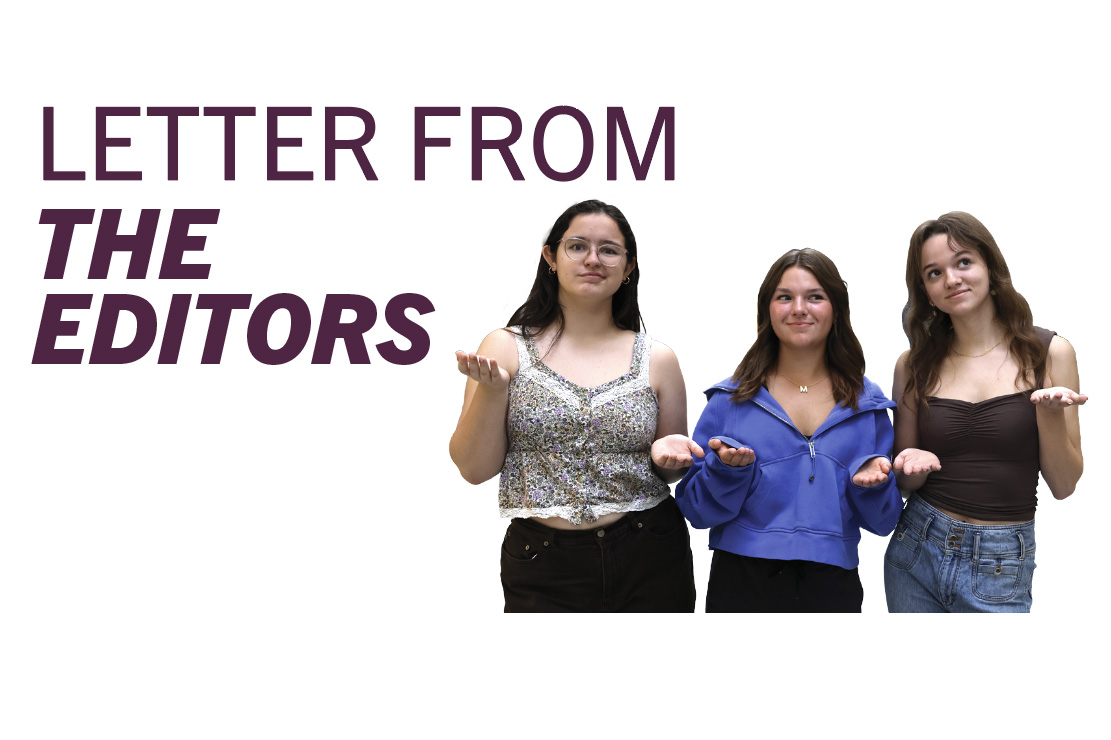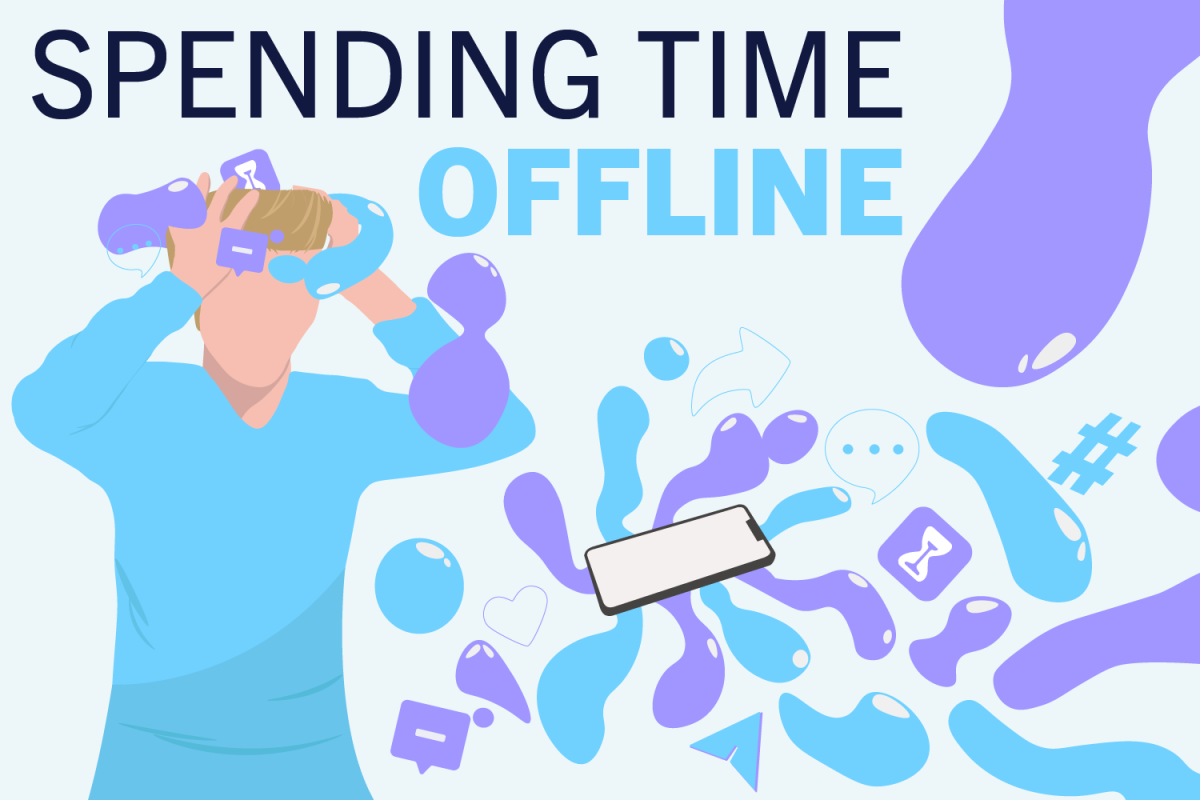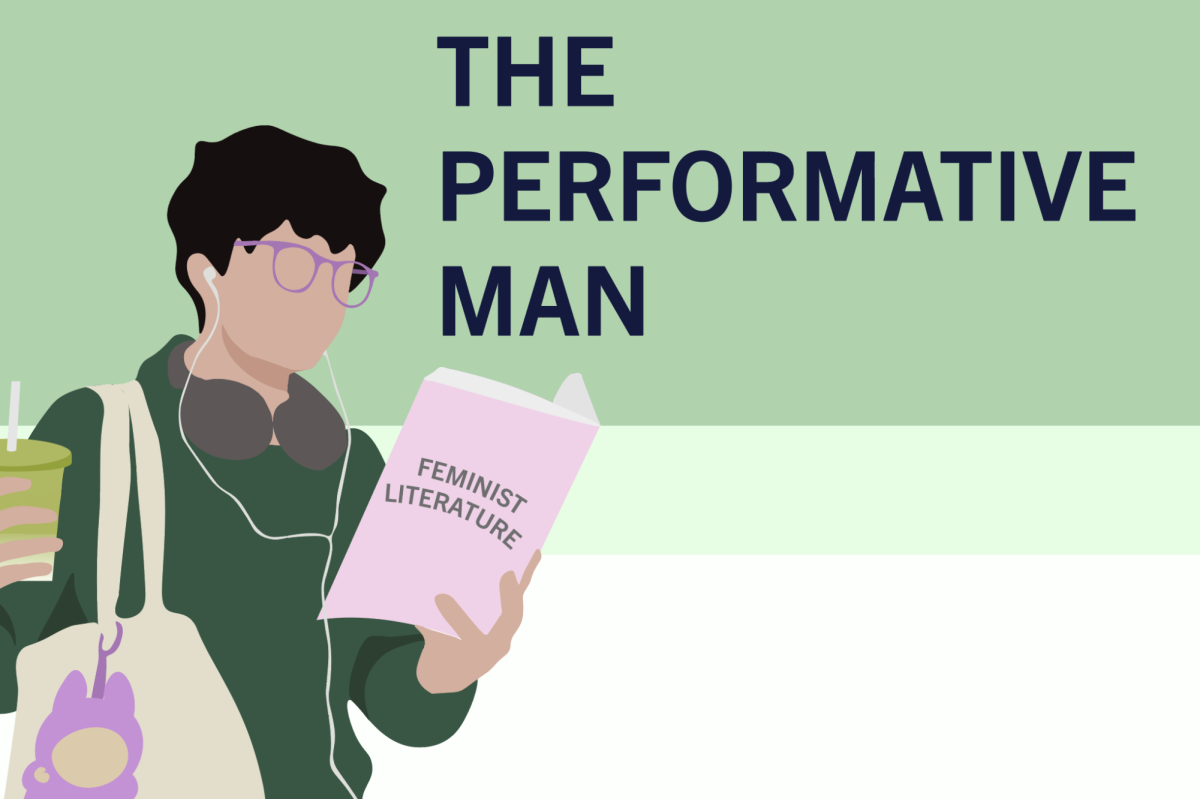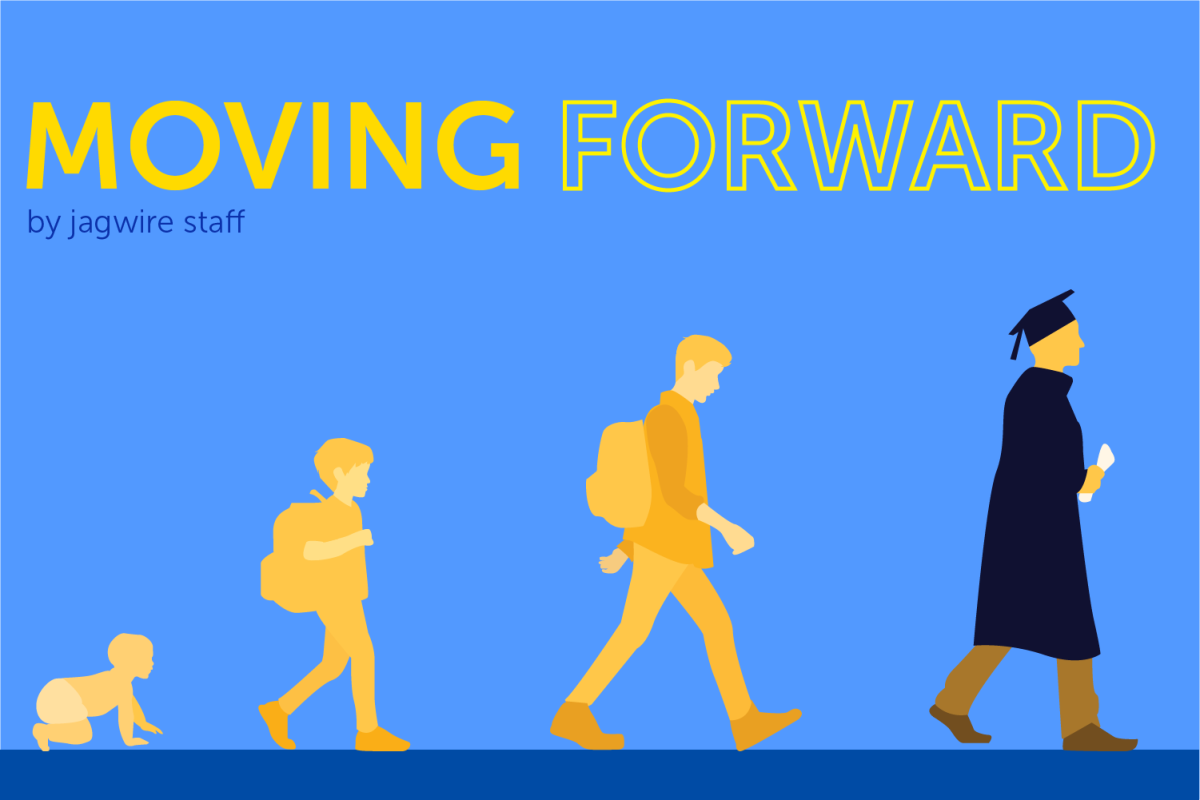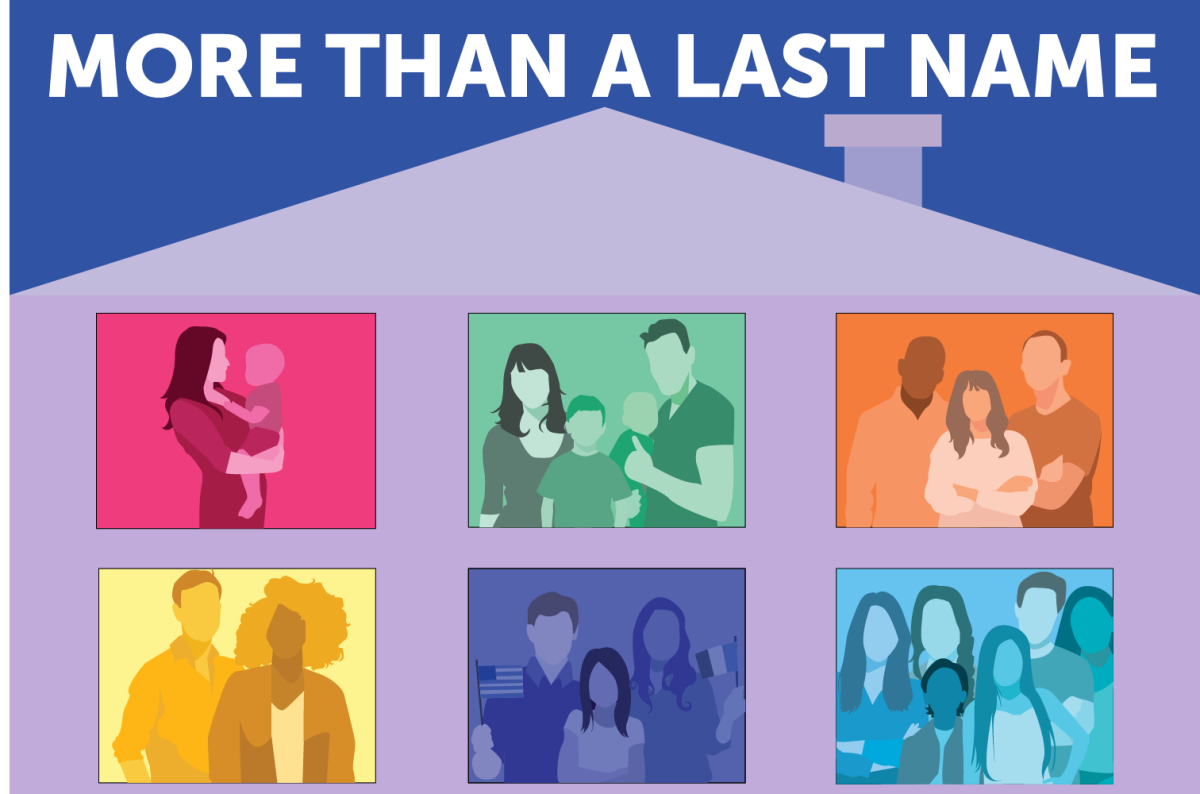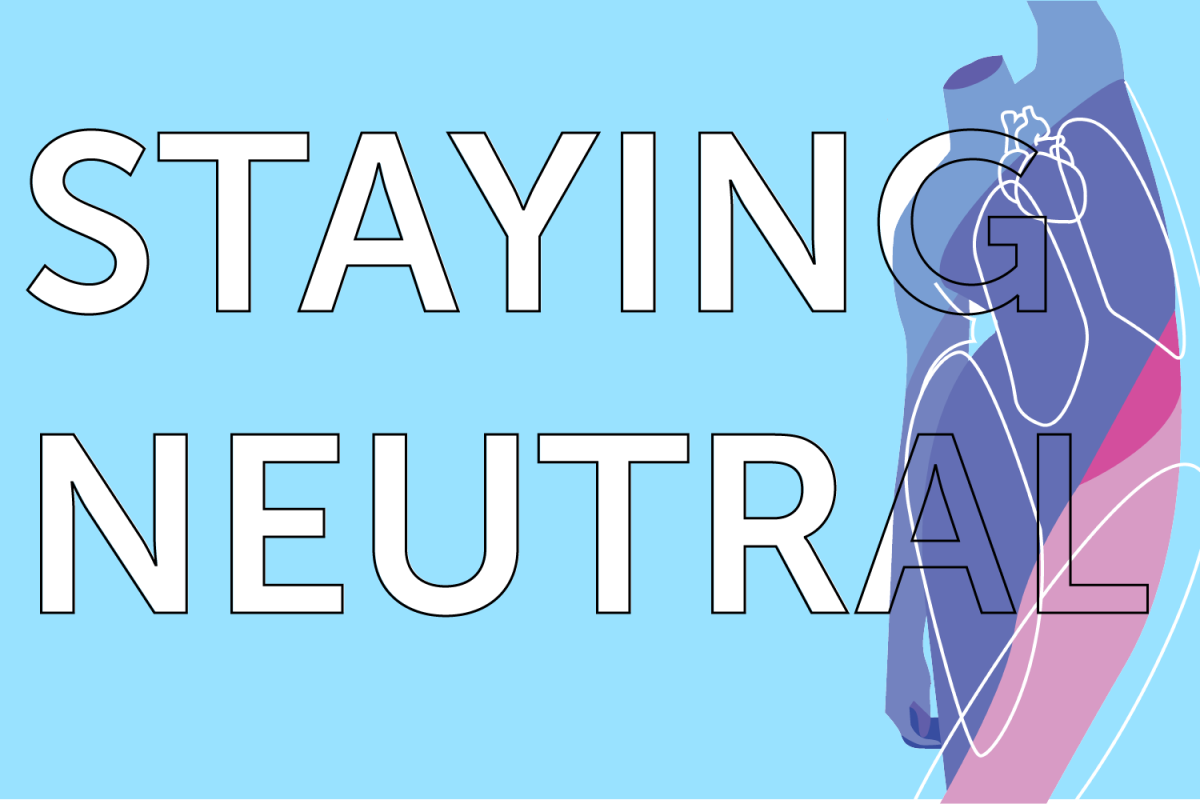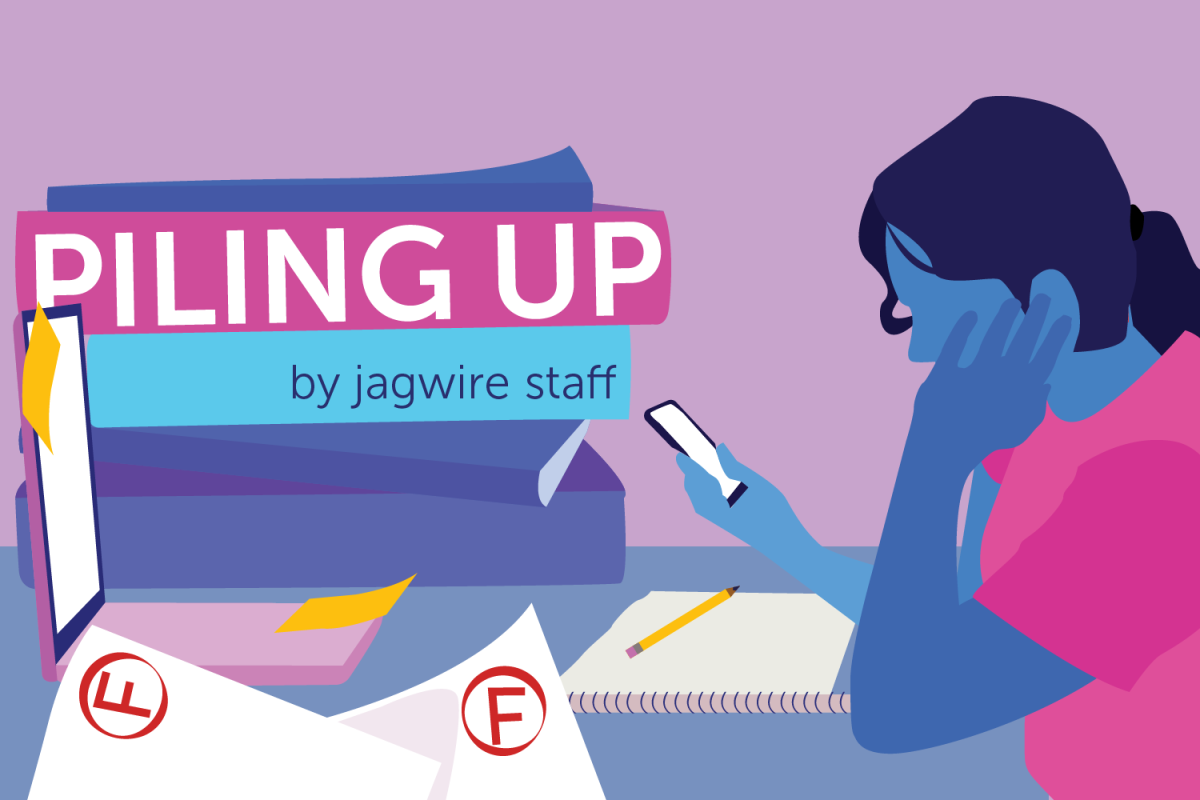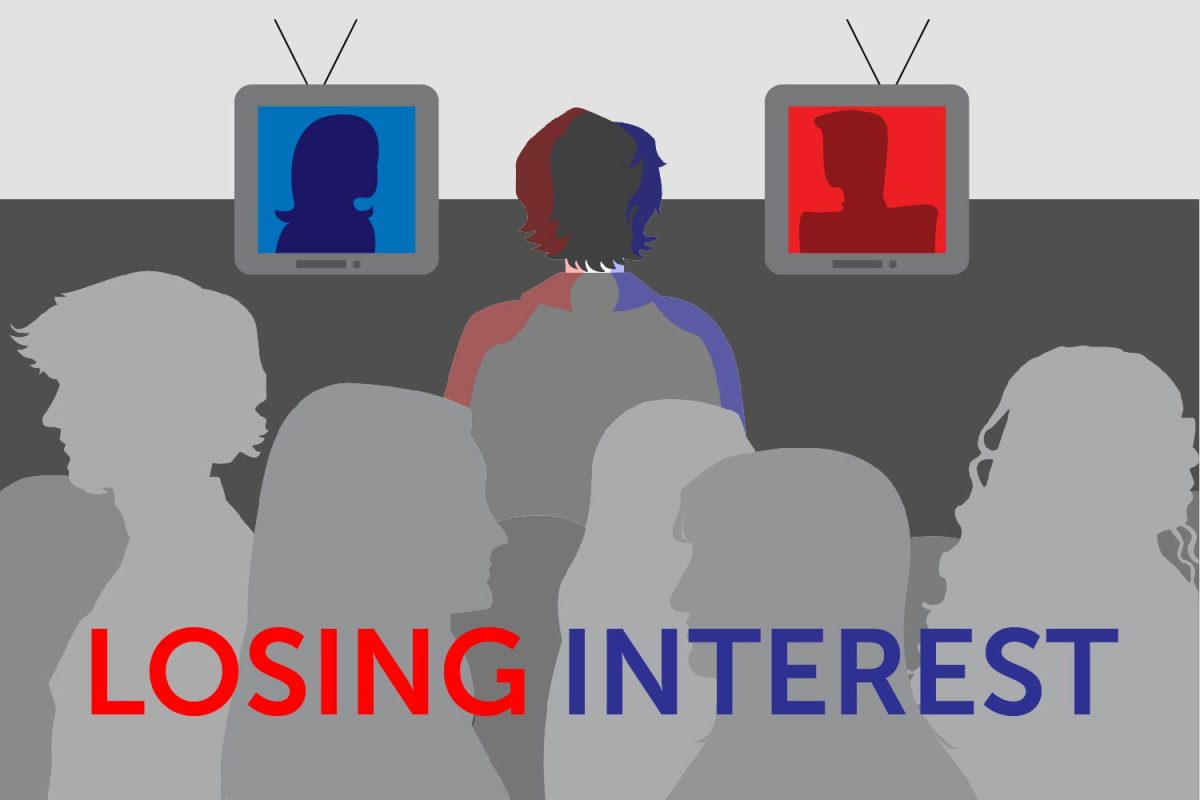In the last couple of weeks, the administration made the decision to move the Homecoming parade, from a Friday during the day to a Wednesday night that would lead into a pep rally and bonfire. The decision was made primarily due to a growing student body but also because of incidents from last year’s parade and a desire to create a community event out of the parade.
When the administration first began discussion about the parade move, they had the chance to include student input on the decision but chose not to. What the administration failed to recognize was how student input could have spurred additional ideas to create school spirit around the event and make the event more geared to the parade’s main audience: the student body. However, in their decision, the administration has instead excluded 1,100 people, who, with some convincing, may have supported their decision.
Student exclusion extended to StuCo members, who, administration frequently call on for support of policy change. Again, the administration sent a very contradictory message to students in this decision. Even if their policy would not have changed and even if the input was only partly considered, for policy’s sake, the administration would have found a much more supportive student body if positive thoughts about the change could have started with StuCo.
In making the decision, some items also seem to have not been considered. For example, moving the parade to the middle of the week could make for an imbalance in school spirit throughout the week. Also, for some teachers, especially those teaching AP and honors courses, classes had already been planed around a Friday Homecoming parade and the change will ultimately interfere with plans. Finally, the administration failed to consider how to gain student support of the decision. Administration could have proposed an ultimatum for the parade to deal with behavior, communicated change more quickly and directly to students and again included student opinion. By excluding student input, students no longer have an incentive to put on a great event because their thoughts were not considered in the process.
In a still open poll put on the JagWire’s website Friday, Sept. 2, asking students how they felt about the changes to Homecoming week, an overwhelming 76 percent of the voters said, “I don’t agree with the changes.” Reasons for this may have other causes but lack of student input in the decision certainly has an effect on the statistic.
We can respect the administration’s decision to keep students safe and to involve the community more. If a community event is successfully created with a larger turnout of parents and younger kids, the parade attendance could gain some positive momentum.
But, if the main audience of the parade is still supposed to be high school students, the administration has made a faulty move in the decision-making process and in lack of communication with students about the event that will leave students wondering if the parade is really for them or the community.
For more information on the Homecoming parade decision, see here.




